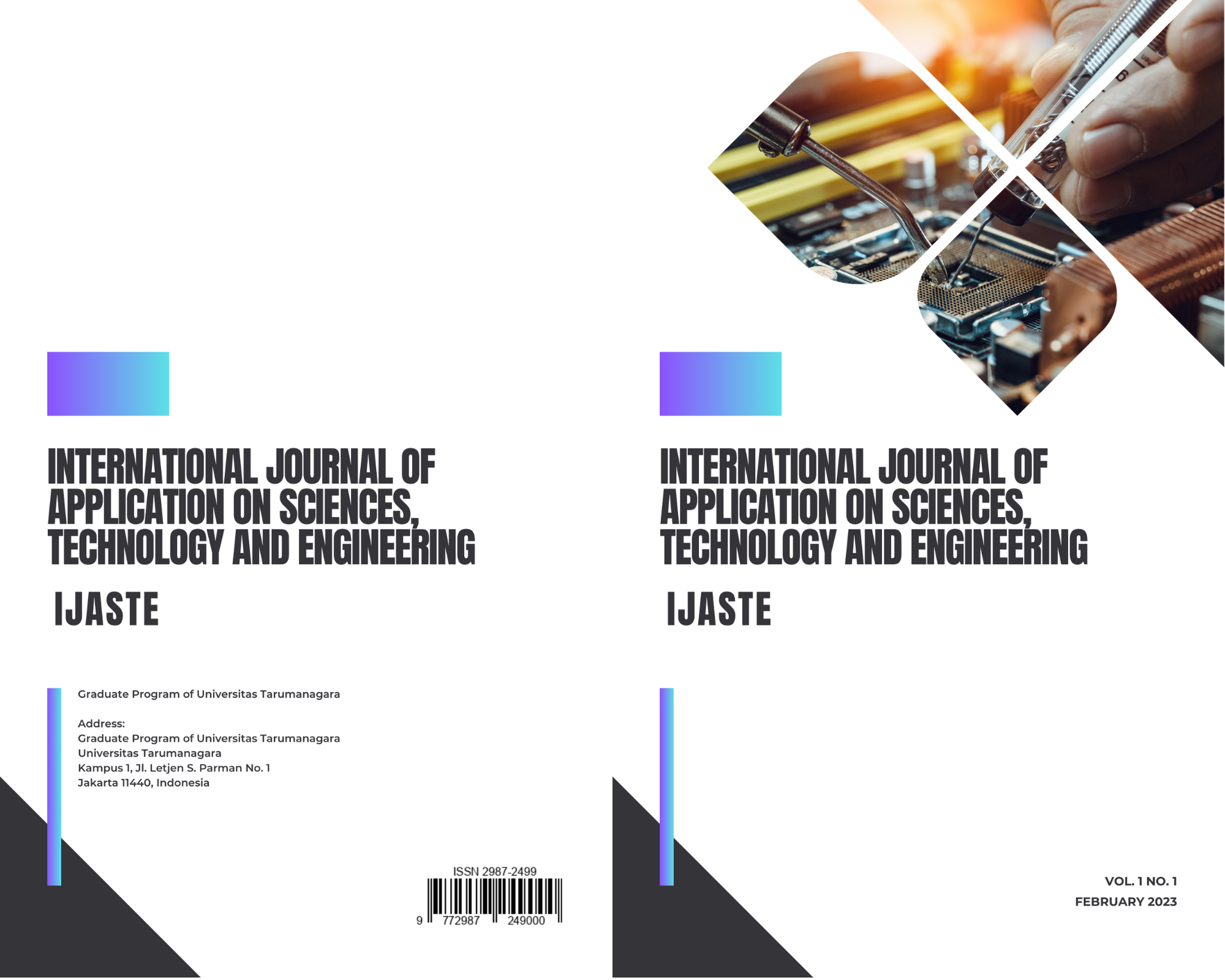Effects of Lactobacillus plantarum TAR4, TAR7 and TAR8 Isolated From Tapai On The Growth Of Cutibacterium acnes
Main Article Content
Abstract
Acne is a skin disease involving clogged hair follicles with dead skin cells secreted from the skin. It is a common skin condition and at least 85% of the people in the United States suffered from this problem (1). Despite not being a life threatening disease, acne may form permanent scars on skin and leading to emotional problems such as decreased self- esteem, social withdrawal, depression, and frustration. Cutibacterium acnes (C. acnes) is Gram-positive bacteria, slow-growing aerotolerant bacteria and involve in the pathogenesis of acne. Medication with benzoyl peroxide is often used to treat acne. Benzoyl peroxide has bactericidal effect which kills surface bacteria by the cleavage of peroxide bond of benzoyl peroxide to form 2 benzoyloxy radicals. The interaction of the radicals with bacterial proteins would affect the bacteria function, viability and lead to decreased production of sebum around follicles. However, the use of benzoyl peroxide is associated with adverse effect such as skin irritation. Besides that, oral antibiotics are also prescribed to control the growth of C. acnes and inflammation. There are potential harm of long term oral antibiotics treatment. Hence, this study aims to investigate the effect of probiotic Lactobacillus plantarum (L. plantarum) TAR4, TAR7 and TAR8 isolated from a fermented food, Tapai on the growth of C. acnes using co-culture technique with the purpose to offer a safe alternative solution to the use of benzoyl peroxide medication and oral antibiotics for acne treatment. The results shown that the L. plantarum TAR4, TAR7 and TAR8 exhibited significant (P < 0.05) inhibitory effects on the growth of C. acnes.
Article Details

This work is licensed under a Creative Commons Attribution-NonCommercial-ShareAlike 4.0 International License.
References
Y. Brazier, “What you need to know about acne.” in Medical News Today (Healthline Media UK Ltd, Brighton, UK, 2007), available online at https://www.medicalnewstoday.com/articles/107146.
N. Skroza, E. Tolino, A. Mambrin, N. Skroza, E. Tolino, A. Mambrin, S. Zuber, V. Balduzzi, A. Marchesiello, N. Bernardini, I. Proietti, C and Potenza, J. Clin. Aesthet. Dermatol. 11(1), 21-25 (2018).
B. Dreno, J. Eur. Acad. Dermatol. 31(5), 8-12 (2017).
K. Nakase, H. Nakaminami, Y. Takenaka, M. Kawashima and N. Noguchi, J. Med. Microbiol. 66(1), 8-12 (2017).
P.S. Lim, C.F. Loke, Y.W. Ho and H.Y. Tan, J. Appl. Microb. 129(5), 1374-1388 (2020).
S. Puebla-Barragan and G. Reid, Molecules. 26(5), 1249 (2021).
I. Dekio, D. Rajendram, S. Gharbia and H. Shah, J. Med. Microbiol. 61, 622-630 (2012).
C. Dessinioti and A. Katsambas, Clin. Dermatol. 35(2), 163-167 (2017).
N. Guan and L. Liu, Appl. Microbiol. Biotechnol. 104, 51–65 (2020).
M. Kang, J. Oh, S. Lee, H. Lim, N. Choi and S. Kim, J. Microbiol. 50(1), 137-142 (2012).
K. Saelim, K. Jampaphaeng, S. Maneerat, J. Funct. Foods. 38, 370-377 (2017).
A. Guimarães, J. Teixeira, A. Venâncio and L. Abrunhosa, Int. J. Food Microbiol. 264, 31-38 (2018).
J. Pei, X, Li and Y. Tao, Food Control. 84, 111-117, (2018).
X. R. Lv, L. H. Miao, H. H. Ma, F. L. Bai, Y. Lin and M. T. Sun. Food Sci. Biotechnol. 27(3), 695–70 (2017).



